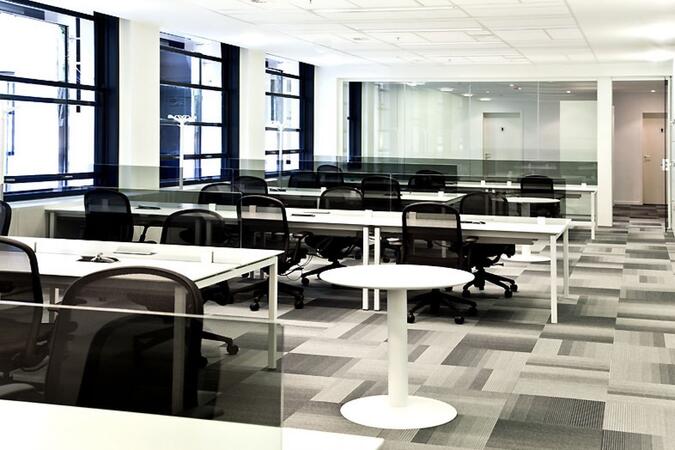Business Center Copernico Science14, Rue de la Science 14, Brussels, Belgium, 1040
Brussels
Most of the European Union's Brussels-based institutions are located within its European Quarter, which is the unofficial name of the area corresponding to the approximate triangle between Brussels Park, Cinquantenaire Park and Leopold Park (with the European Parliament's hemicycle extending into the latter). The Commission and Council are located in the heart of this area near to the Schuman station at the Schuman roundabout on the Rue de la Loi. The European Parliament is located over the Brussels-Luxembourg station, next to Luxembourg Square.
The area, much of which was known as the Leopold Quarter for much of its history, was historically residential, an aspect which was rapidly lost as the institutions moved in, although the change from a residential area to a more office oriented one had already been underway for some time before the arrival of the European institutions. Historical and residential buildings, although still present, have been largely replaced by modern offices. These buildings were built not according to a high quality master plan or government initiative, but according to speculative private sector construction of office space, without which most buildings of the institutions would not have been built. However, due to Brussels's attempts to consolidate its position, there was large government investment in infrastructure in the quarter. Authorities are keen to stress that the previous chaotic development has ended, being replaced by planned architecture competitions and a master plan. Architect Benoit Moritz has argued that the area has been an elite enclave surrounded by poorer districts since the mid-19th century, and that the contrast today is comparable to an Indian city. However, he also said that the city has made progress over the last decade in mixing land uses, bringing in more businesses and residences, and that the institutions are more open to "interacting" with the city.
Explore Our Courses
Advanced Go Programming
21 HoursGo for Systems Programming
35 HoursLearning Go Programming
28 HoursBuild Microservices and API with Go
14 HoursBuilding Microservices with Go
28 HoursLast Updated:
Testimonials (5)
Flexibility to cover the subjects I am most intrested in
James Ferrier - OptoicoreIT
Course - Building Microservices with Go
The simplicity of language and the examples given by the teacher
Alvaro Salomao Rumbane - CEDSIF Ministry of Finance
Course - Go Programming Language for Programmers
Support for issues the trainees have. The investigation and support also after training is very great!
Hans Jurgen Hogerle - Daimler TSS GmbH
Course - Advanced Go Programming
The extra informations not in the official docs
Sayf Eddine HAMMEMI - SCALITY SA
Course - Go for Systems Programming
Flexibility of the trainer. Really catered the course to our specific needs.
Daniel Kurner - Daimler TSS
Course - Learning Go Programming
Provisional Upcoming Courses (Contact Us For More Information)
Online Go training in Brussels, Go training courses in Brussels, Weekend Go courses in Brussels, Evening Go training in Brussels, Go instructor-led in Brussels, Go instructor-led in Brussels, Go coaching in Brussels, Weekend Go training in Brussels, Go on-site in Brussels, Go one on one training in Brussels, Go classes in Brussels, Evening Go courses in Brussels, Go private courses in Brussels, Go boot camp in Brussels, Go trainer in Brussels, Go instructor in Brussels, Online Go training in Brussels


